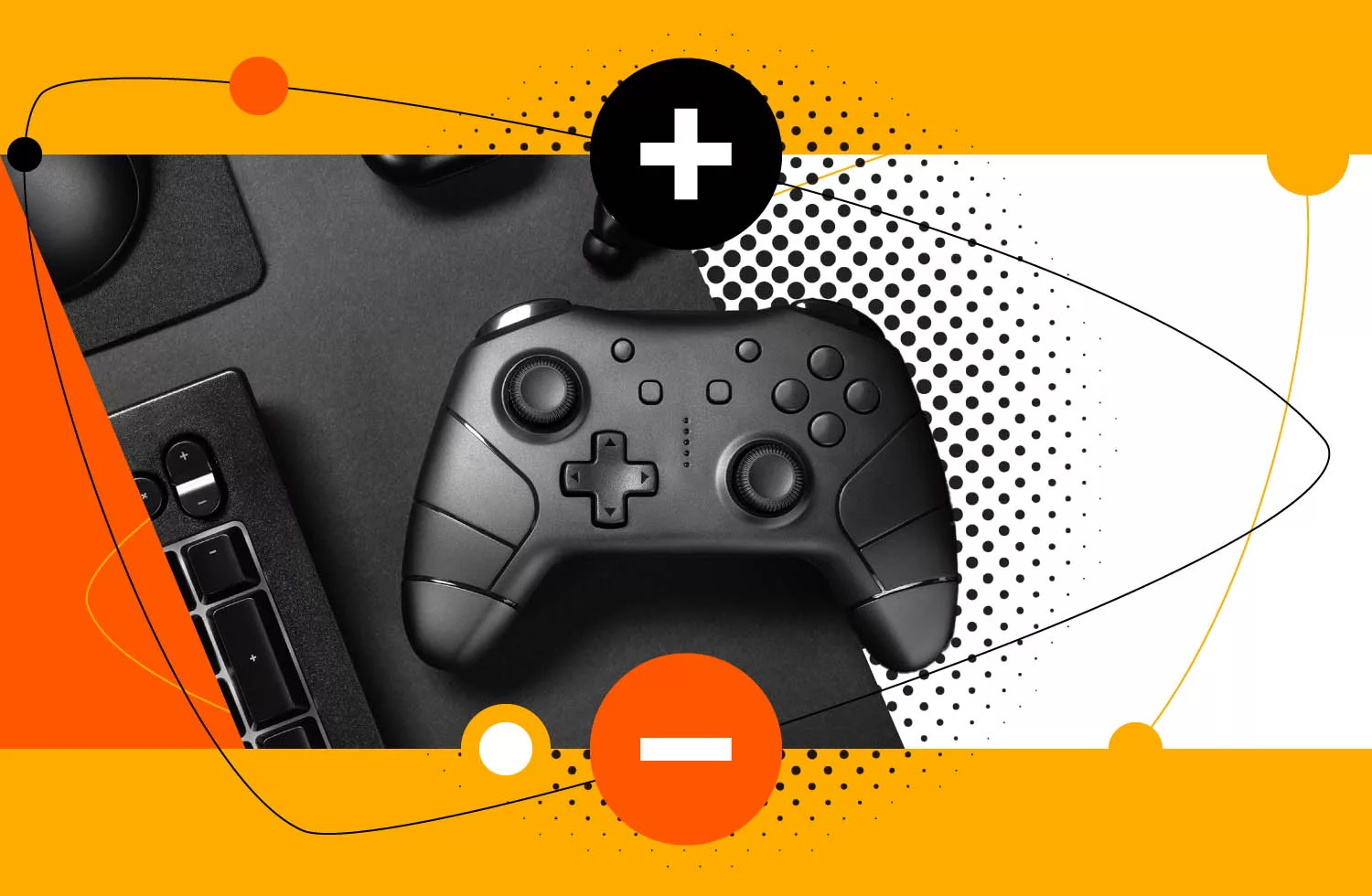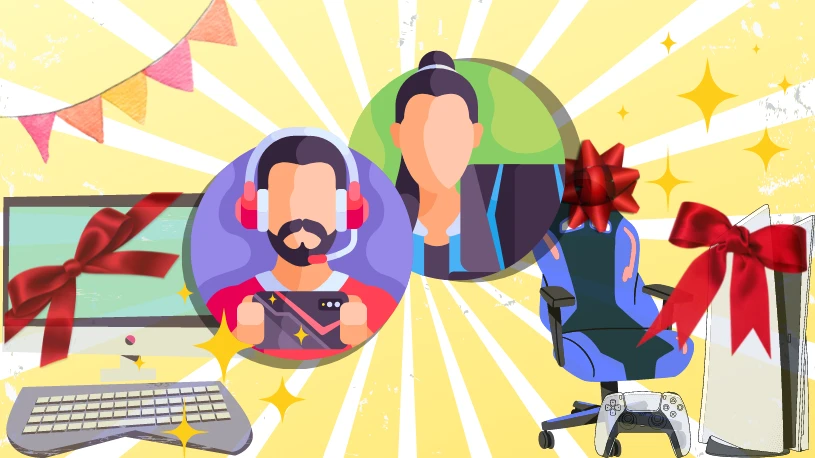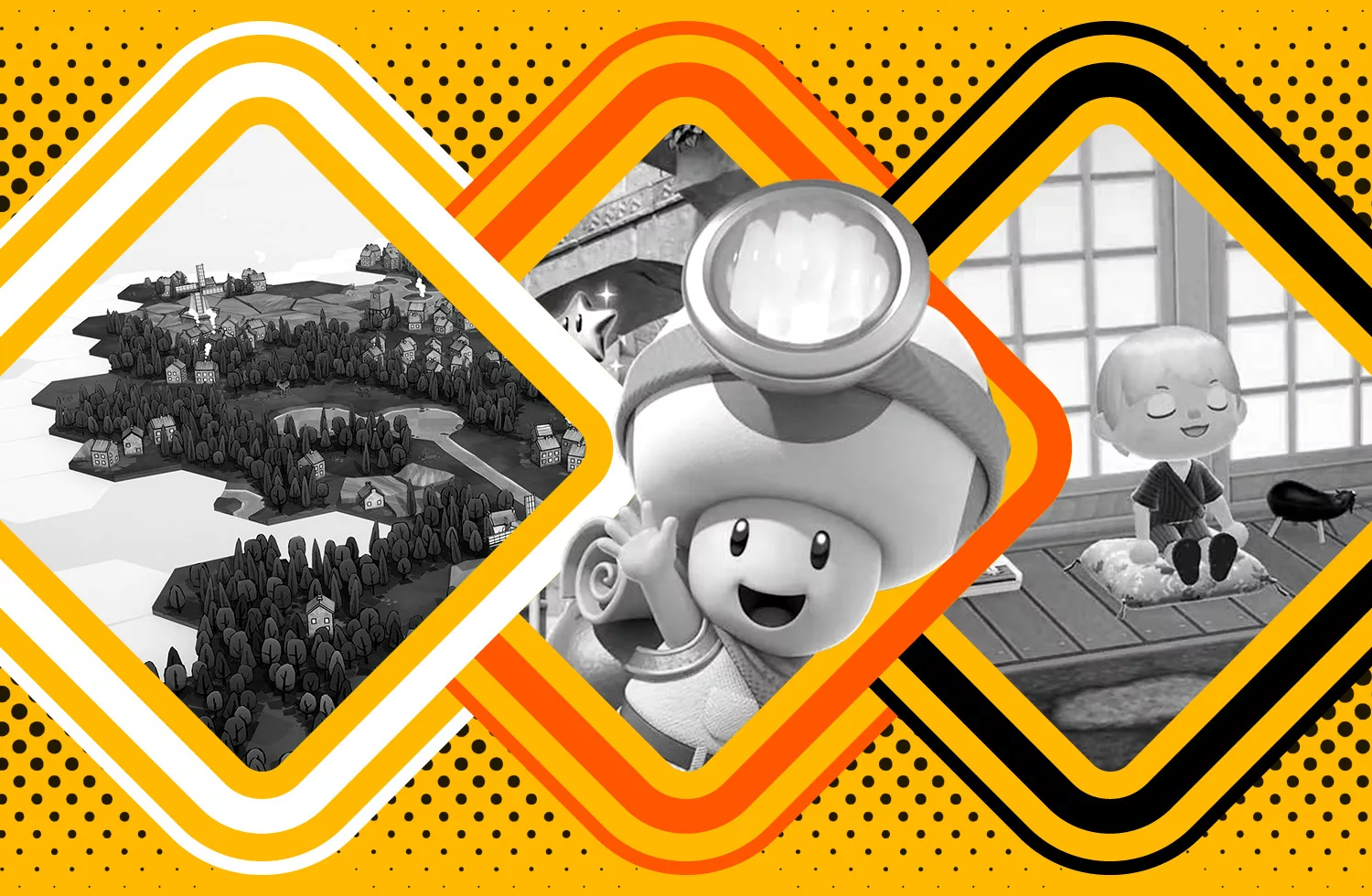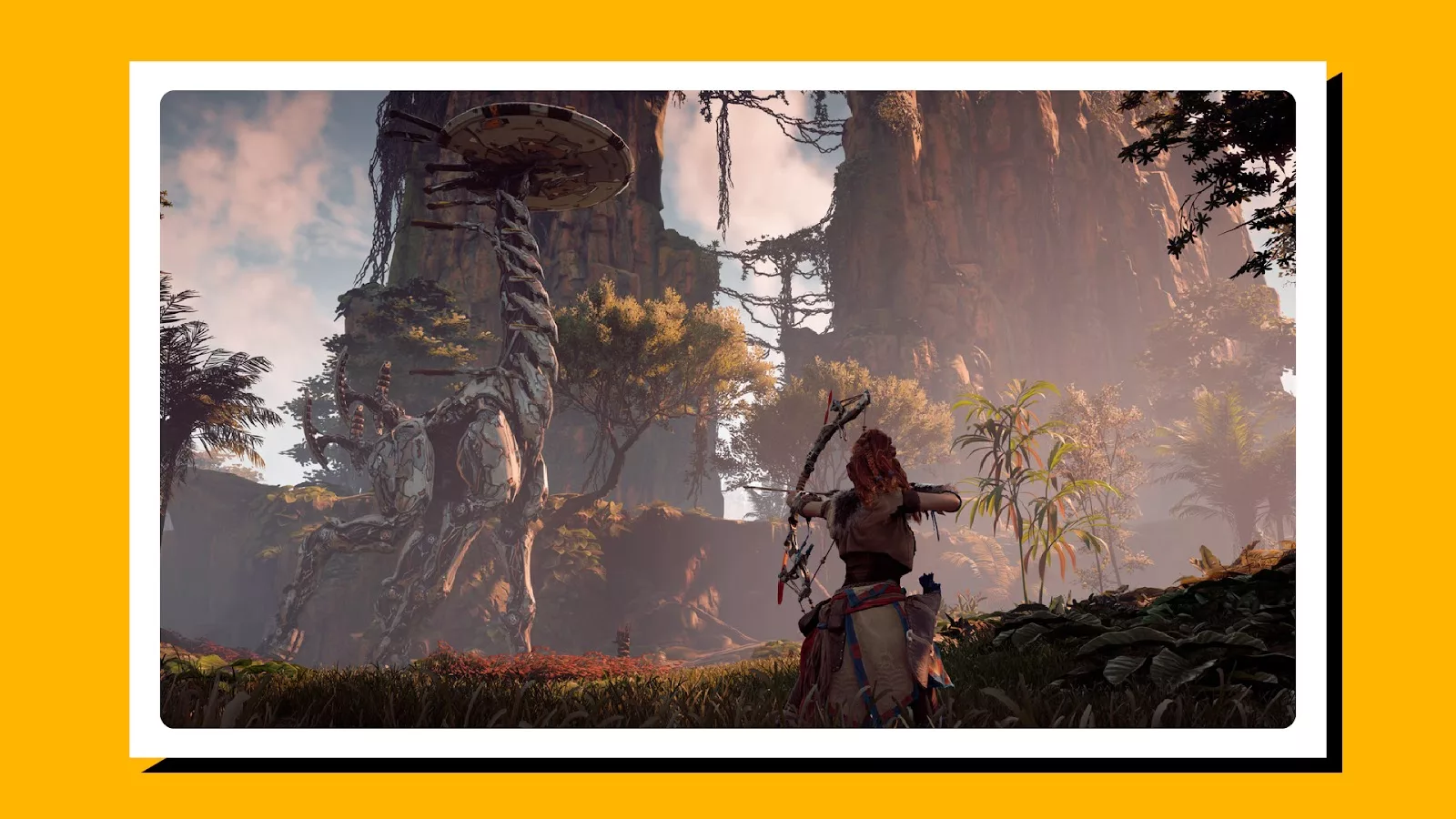
The digital space is an unavoidable part of modern daily life. No matter what you do and where you come from, the ubiquity of modern computer systems and devices means we all take part in this technological world. As this space has evolved, so too has the way we engage, and the methods used by developers to help us engage. Gamification plays a growing part in this engagement, in a way that affects many of us even if we’re not conscious of it.
So, what is gamification, and how is it applied within gaming and beyond gaming’s boundaries to keep users coming back? We explore the origins and meaning of the term, its implications, and some of the ways we see it in action.
What is the Meaning of Gamification?
Gamification is the addition of gaming ideas and elements to systems that aren’t games themselves. Gamification can be applied within the video game industry, or in very different areas that are otherwise not related to gaming at all.
The Origins of Gamification
The term gamification was originally coined by British-born computer programmer Nick Pelling in 2002, but the origins of the concept date back much further. In its simplest forms, gamification acts as a kind of reward and loyalty system for dedicated customers and users, and early forms of this can be found well over a hundred years ago.
One early example was illustrated by the Sperry & Hutchinson (S&H) company, which was founded in 1896. Working with businesses like gas stations and supermarkets, S&H found success by giving out stamps as rewards for purchases over a certain threshold. These stamps were collected and placed in special books. This turned spending money and collecting stamps into a game, as an early form of gamification. The gamification stamps could then be traded for rewards, providing a fun way to engage.
More directly related to video games, other concepts in gamification would find origins in role-playing game systems. These are titles built on leveling up, where hitting milestones could reward with new skills, passive items, cosmetics, and more. The breadth of options available in RPGs helped set the tone for modern gamification, which has consistently been exploring and testing new forms of engagement.
Gamification in Action
Gamification takes many forms both within and outside gaming. Some of the most common of these forms of modern gamification in action can be seen in games on Android smartphone systems. When playing many free games, players only have a certain amount of energy to perform actions. Over time, as players level up, they can gain higher total energy capacity, allowing them to perform more tasks. This famous technique also applies to mobile games for Mac devices.
Another common form of gamification can be found in language learning apps like Duolingo. As users dedicate themselves to the learning process, their account ‘levels up’ to reflect their hard work. Players receive special badges, unlock more difficult courses, and become able to compare their progress with others in the spirit of competition.
Gamification is also popular on the competitive front in exercise apps like Strava. These apps can use accomplishment metrics to help encourage groups of friends and family to stay active and challenge each other. In this case, gamification isn’t just used for fun, but for real-world rewards of improved health.
What Is an Example of Gamification?
Any system that leans on a rewards platform that acts like a game can be considered some form of gamification. Rewards don’t have to offer direct real-world value; they can simply provide the user with a feeling of pride and accomplishment.
Understanding the Importance of Gamification
From the perspective of a developer, gamification is important because it’s an avenue that keeps users and customers engaged. The more engaged they are, the more likely they’ll be to return to a business or service, and the more value will be generated. Gamification has become a powerful tool in the right hands, so its adoption and evolution have continuously been explored.
For the user or customer, gamification provides value by returning a part of their investment back in an appreciable form. A player in a game like Overwatch, for example, will see their account ‘level up’ over time as a form of gamification. This can reward the player with rare cosmetic items like character skins which can be equipped. This lets the player stand out and express themselves in a way that they couldn’t if everything was unlocked from the start.
Turning back to the exercise gamification example, gamification giving account bonuses isn’t just about showing off to others, it demonstrates a concrete example of how far someone has come. When you start out exercising, running five miles might seem impossible. Once a runner collects a gamification badge for running five miles fifty times, they’re provided an opportunity to look back and appreciate the journey traveled.
Over time, gamification helps consolidate the relationship between the user and the developer. Implemented well, it raises a system beyond the sum of its parts, adding a personal touch to what might otherwise be a sterile and impersonal experience.
What Are the Five Basic Elements of Gamification?
Gamification comes with five basic components that determine relevance and success. These include clear goals and objectives, understandable rules and instructions, interaction with the player, a challenge to face, and appropriate feedback. A failure of any one of these can ruin the experience.
Potential for Good and Bad
What does it mean to gamify, from the perspective of the player? This is the central focus for any developer about to embark on a gamificiation task. By considering the wants and needs of the user who is going to engage with this modification, developers can attune their projects to real-world application.
In video gaming, this consideration of user needs was famously neglected within the mobile release of a title called Dungeon Keeper. This title followed a much-loved PC classic, but the developers missed the mark with their gamification systems. The energy required to complete tasks was too limited, advancement was too slow, and the only way to get reasonable play out of this ostensibly free game was to pay money. Players responded negatively, and the reputation of Dungeon Keeper has never been the same since.
Outside video games, the balancing act of implementing a quality gamification system can be just as precarious. Disney implemented a notoriously poor system when it tried to gamify its laundry systems at its theme parks. Introducing scoreboards to try to boost productivity, getting behind schedule rewarded with flashing lights and humiliation. This system not only created stress but also encouraged poor practices through unsafe and unhygienic rushed work.
Gamification itself is neither a good nor bad thing, its value is determined by how well it’s conceived, implemented, and enjoyed by users. Done well, gamification can significantly increase the value of a project, product, or brand. Done poorly, it can hurt everyone involved in the process. That said, the amount of good ideas in gamification means it’s only going to become a bigger part of the digital future, and in ways we can’t yet even begin to imagine.










